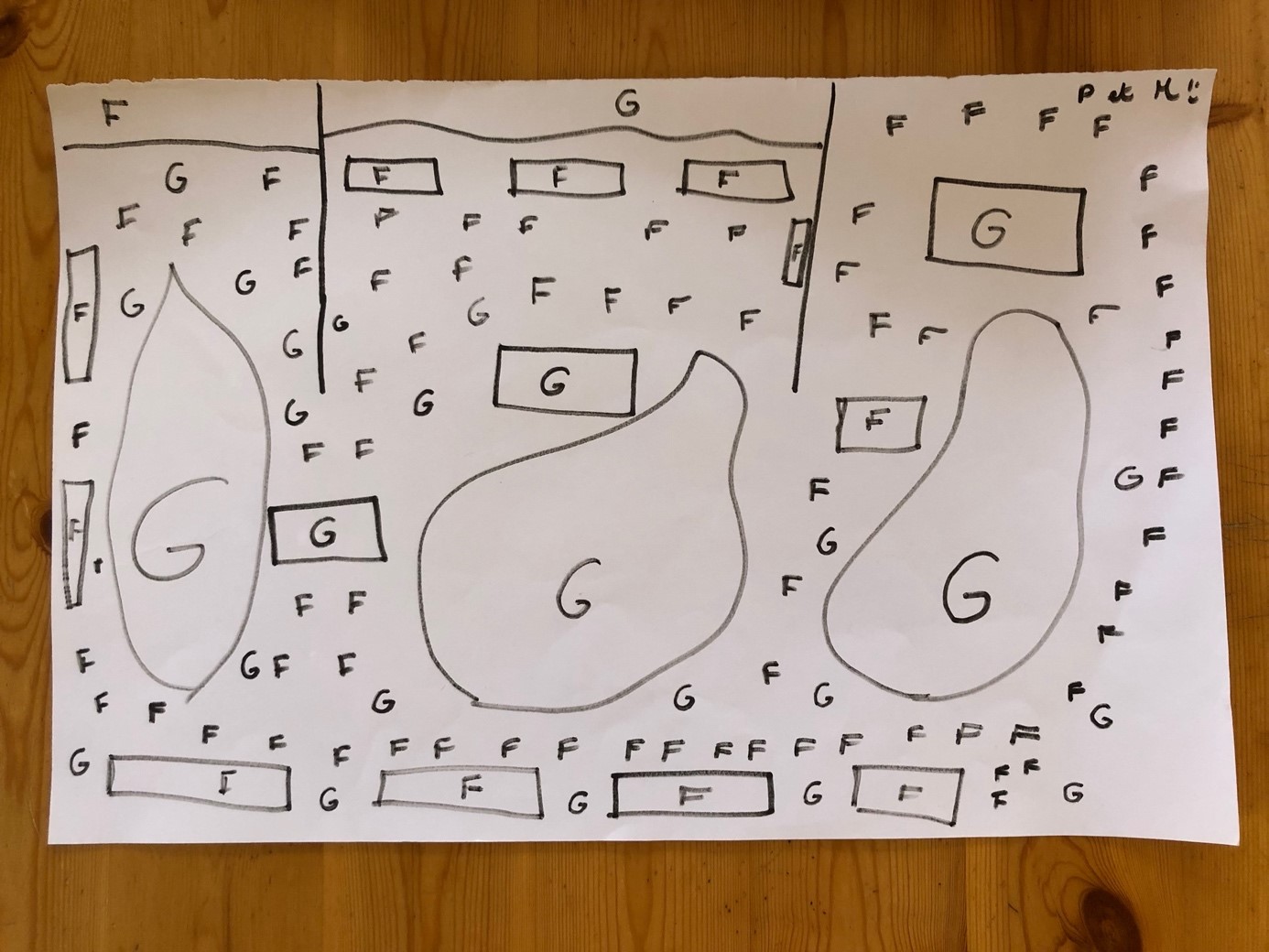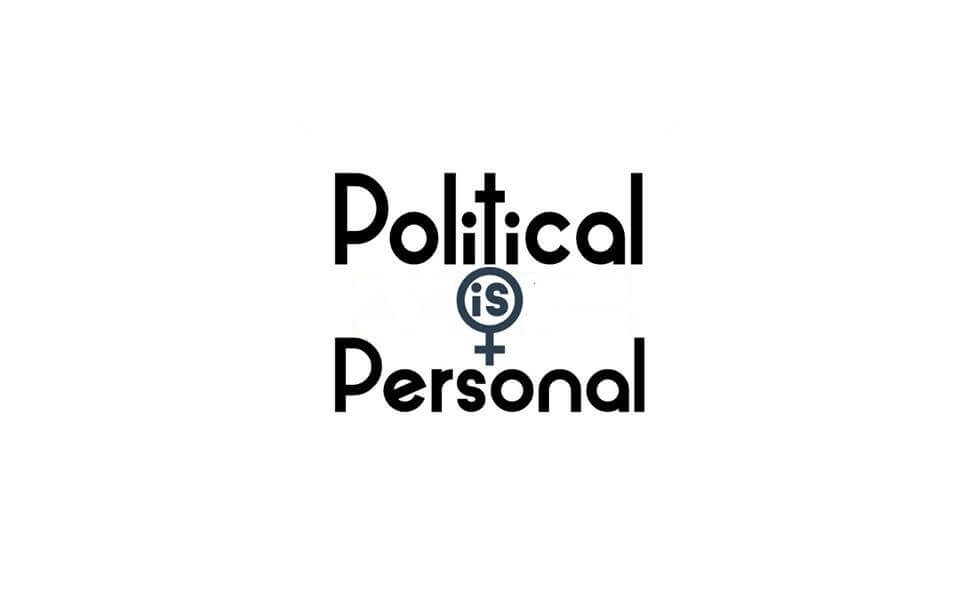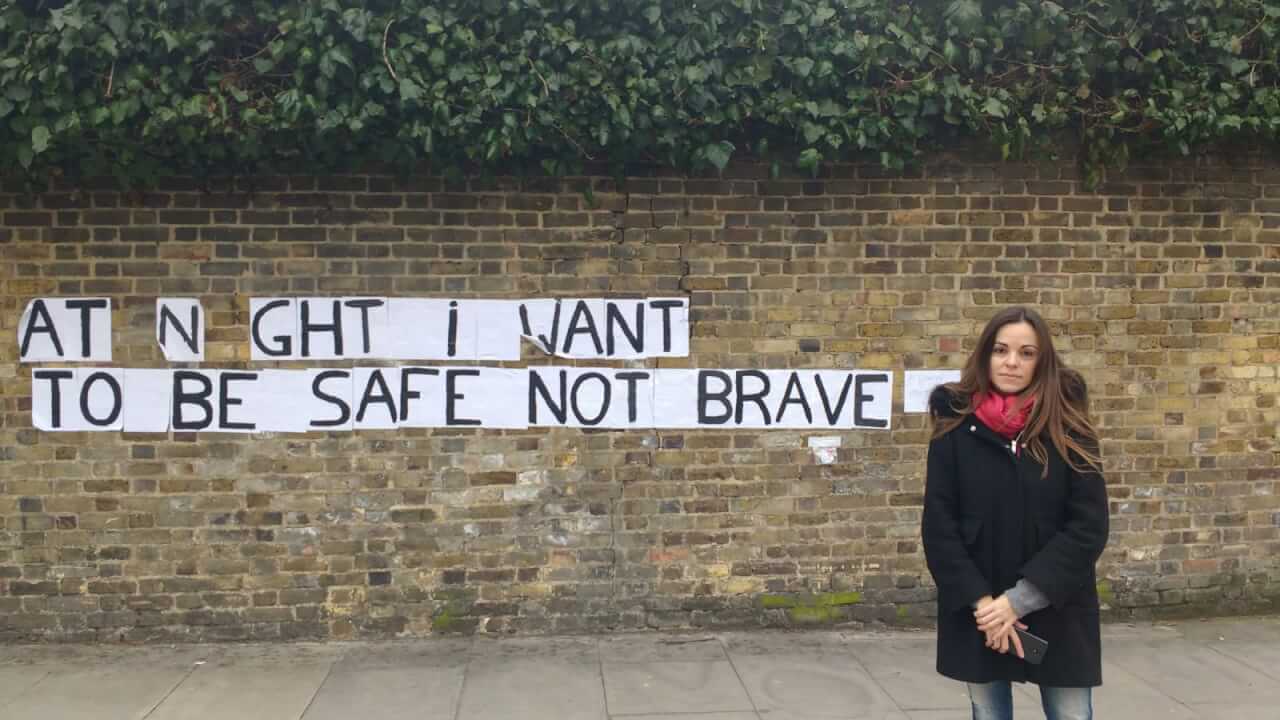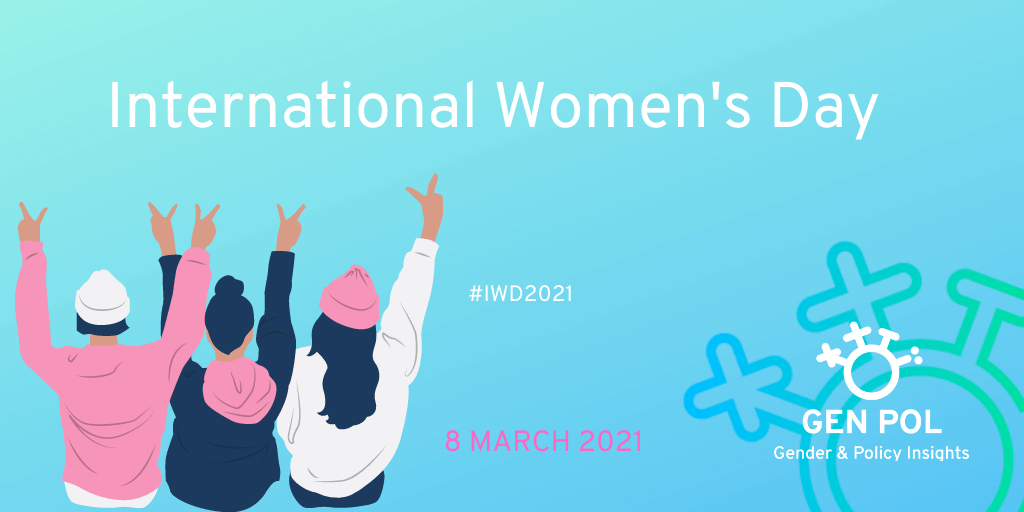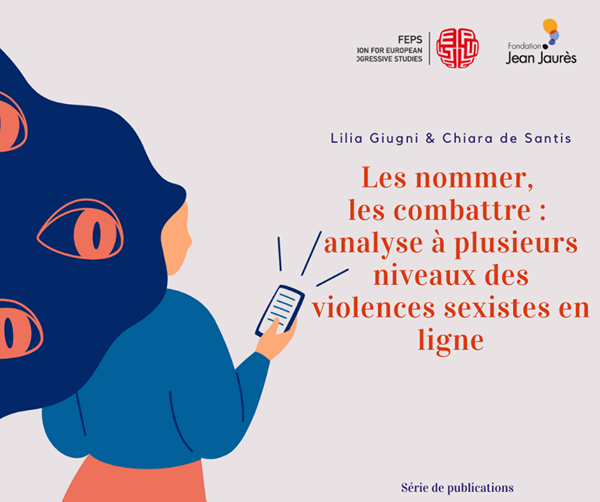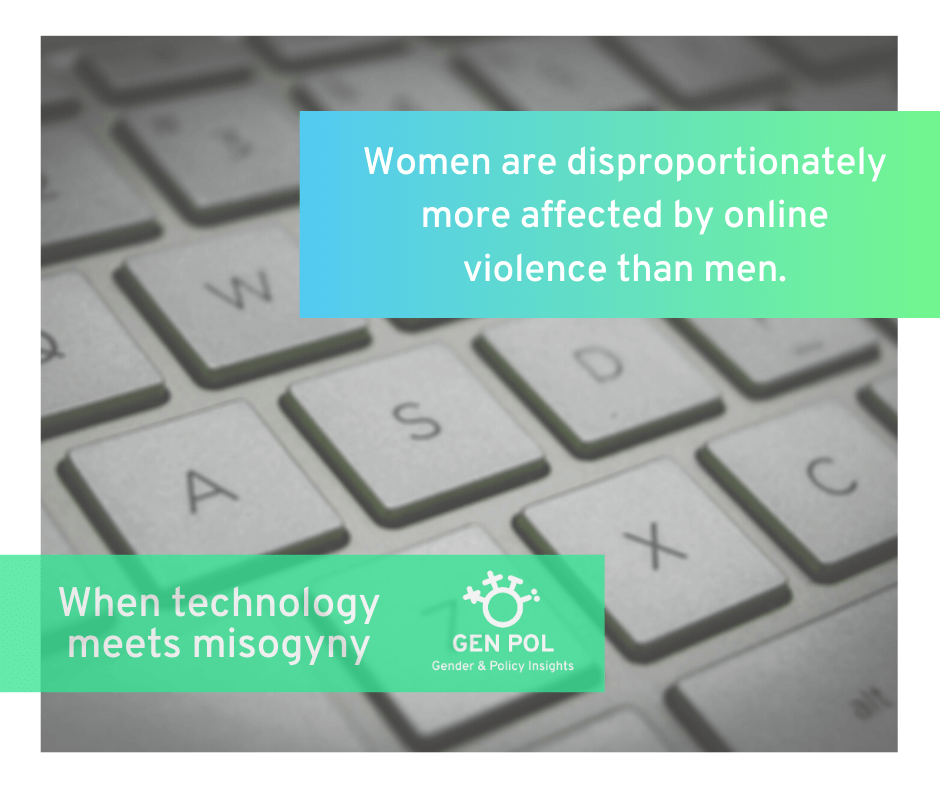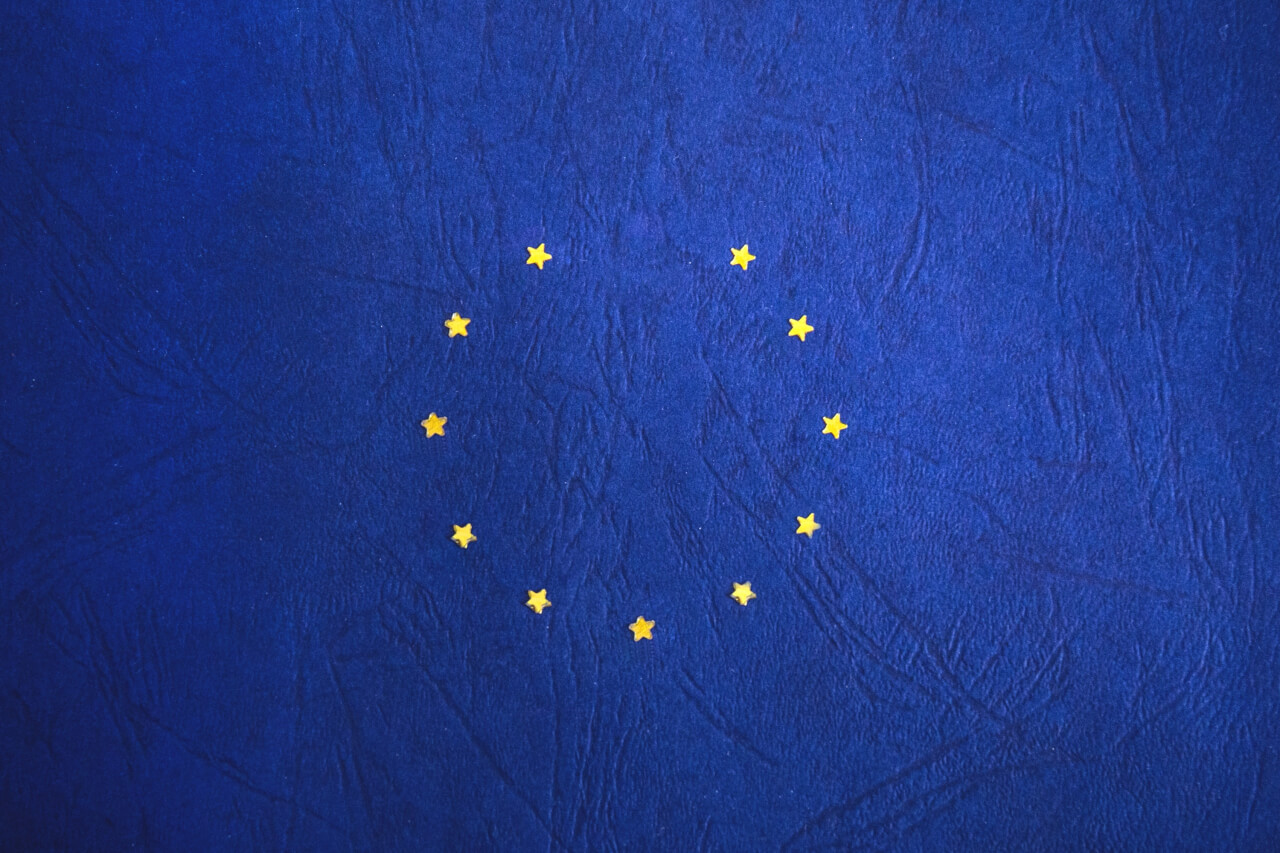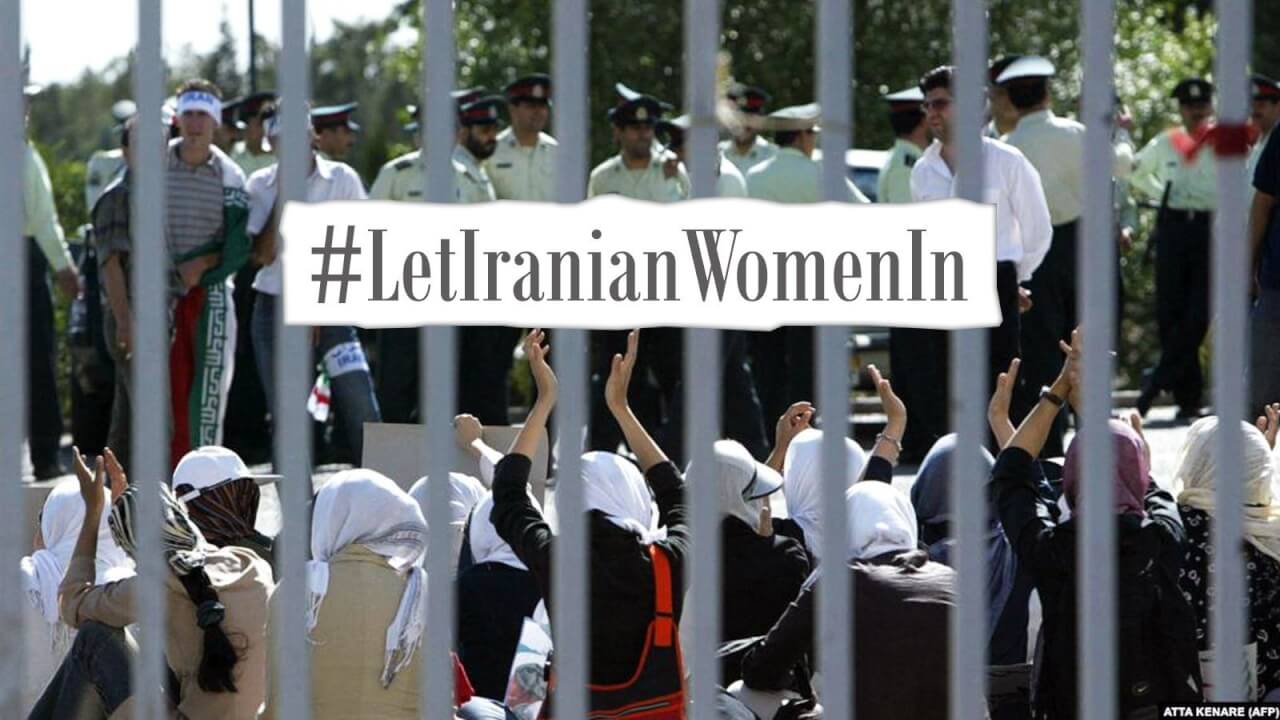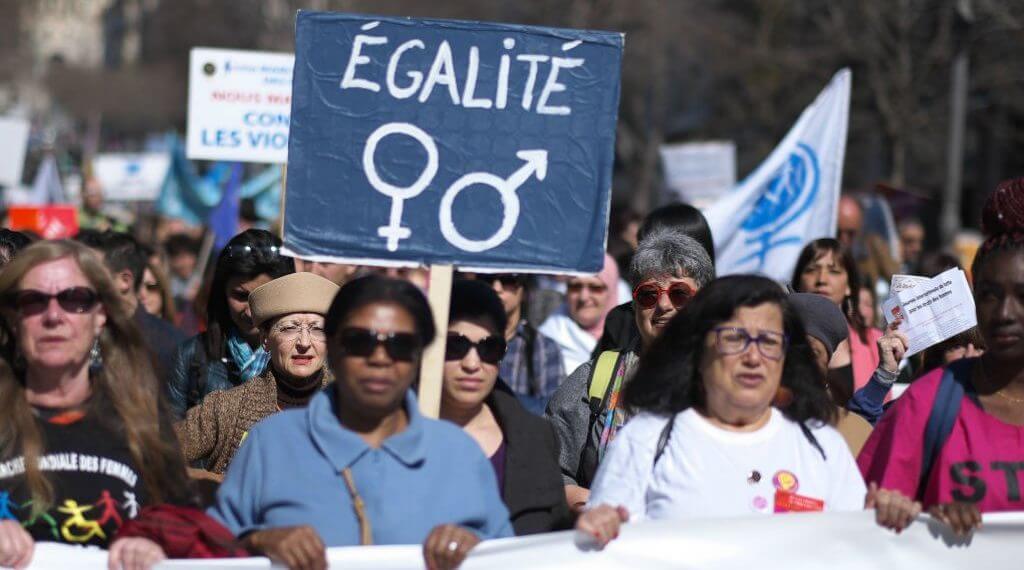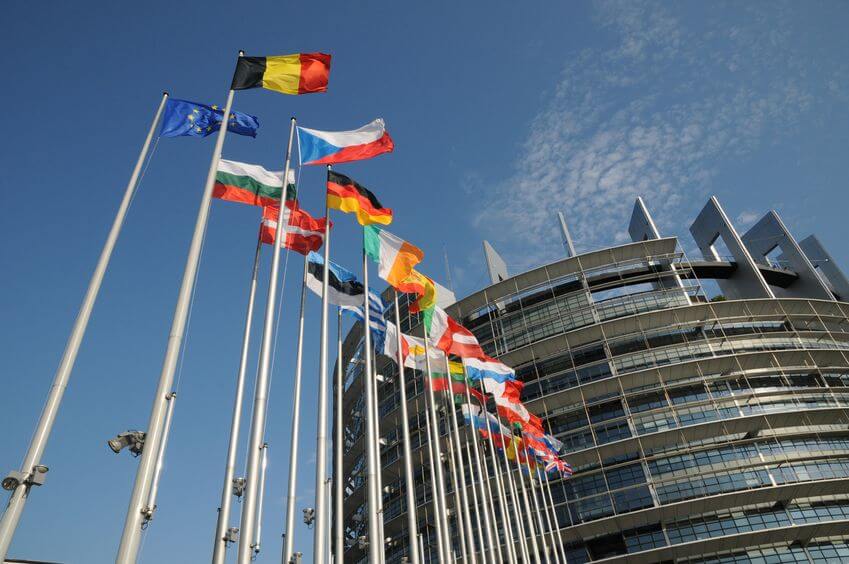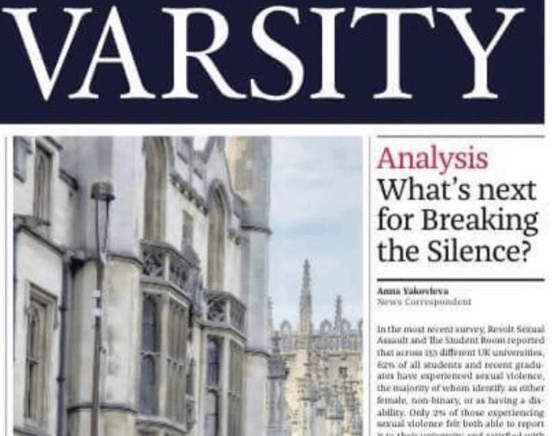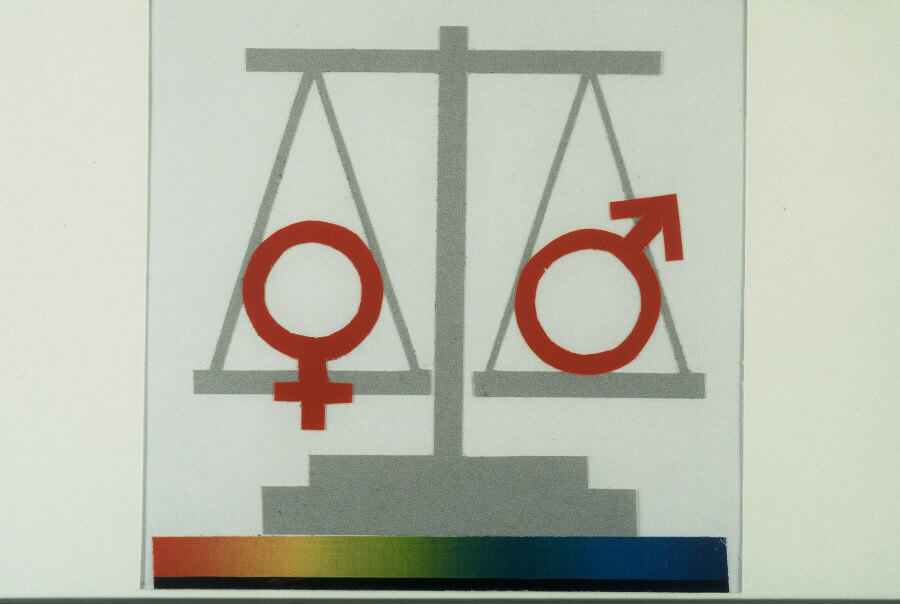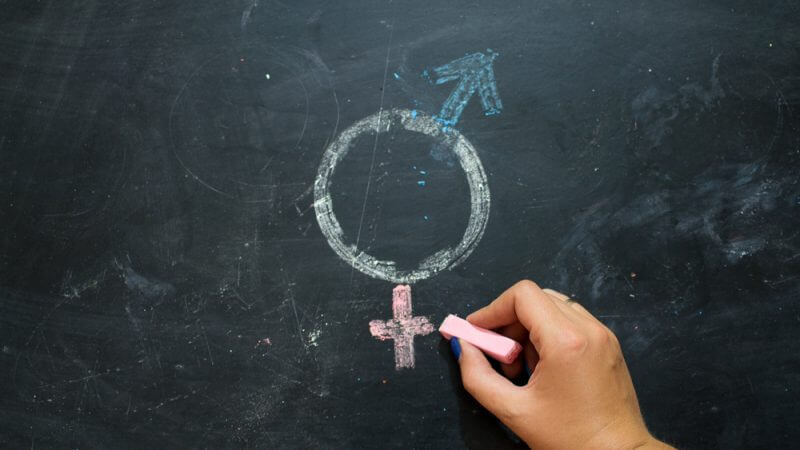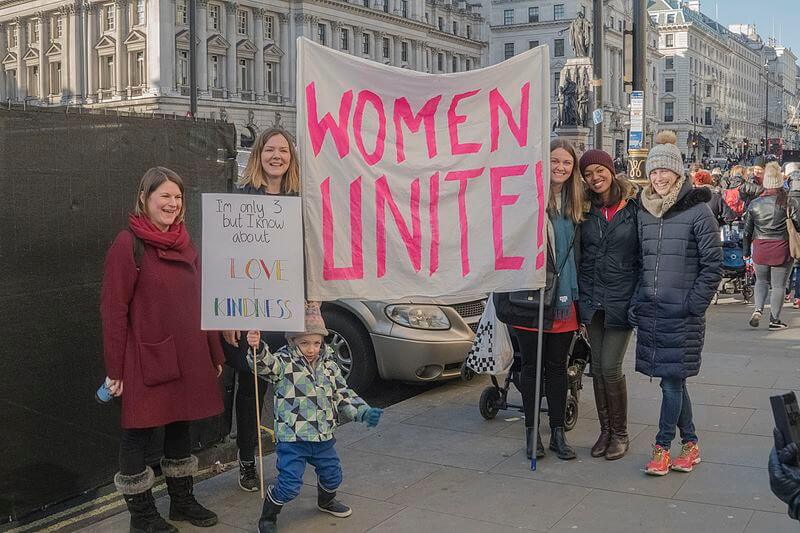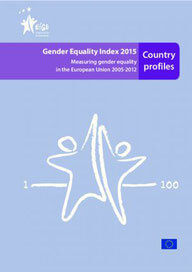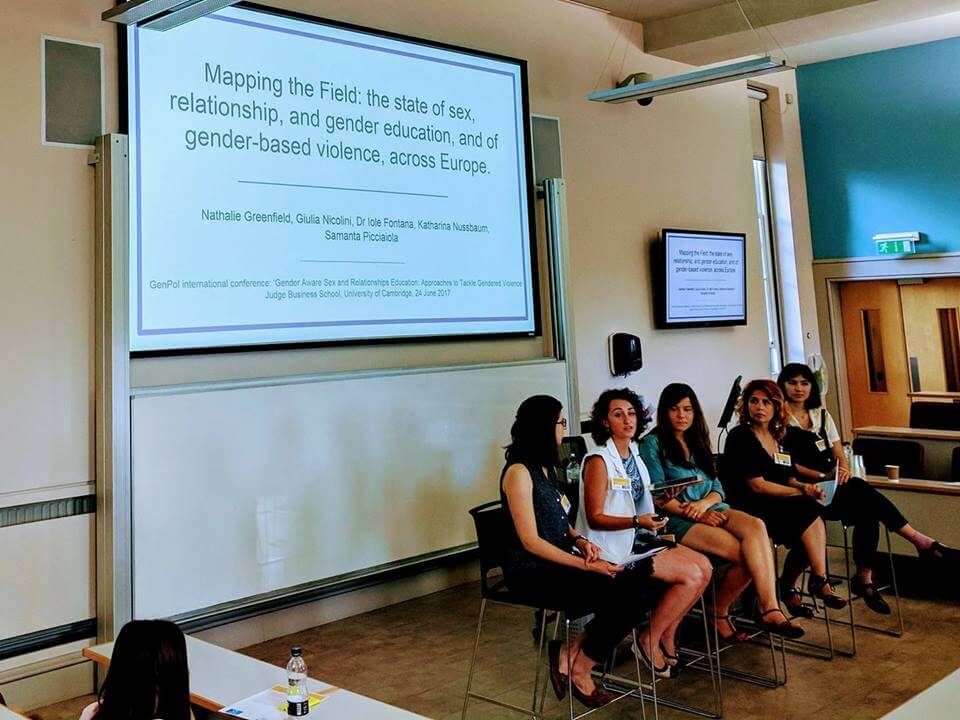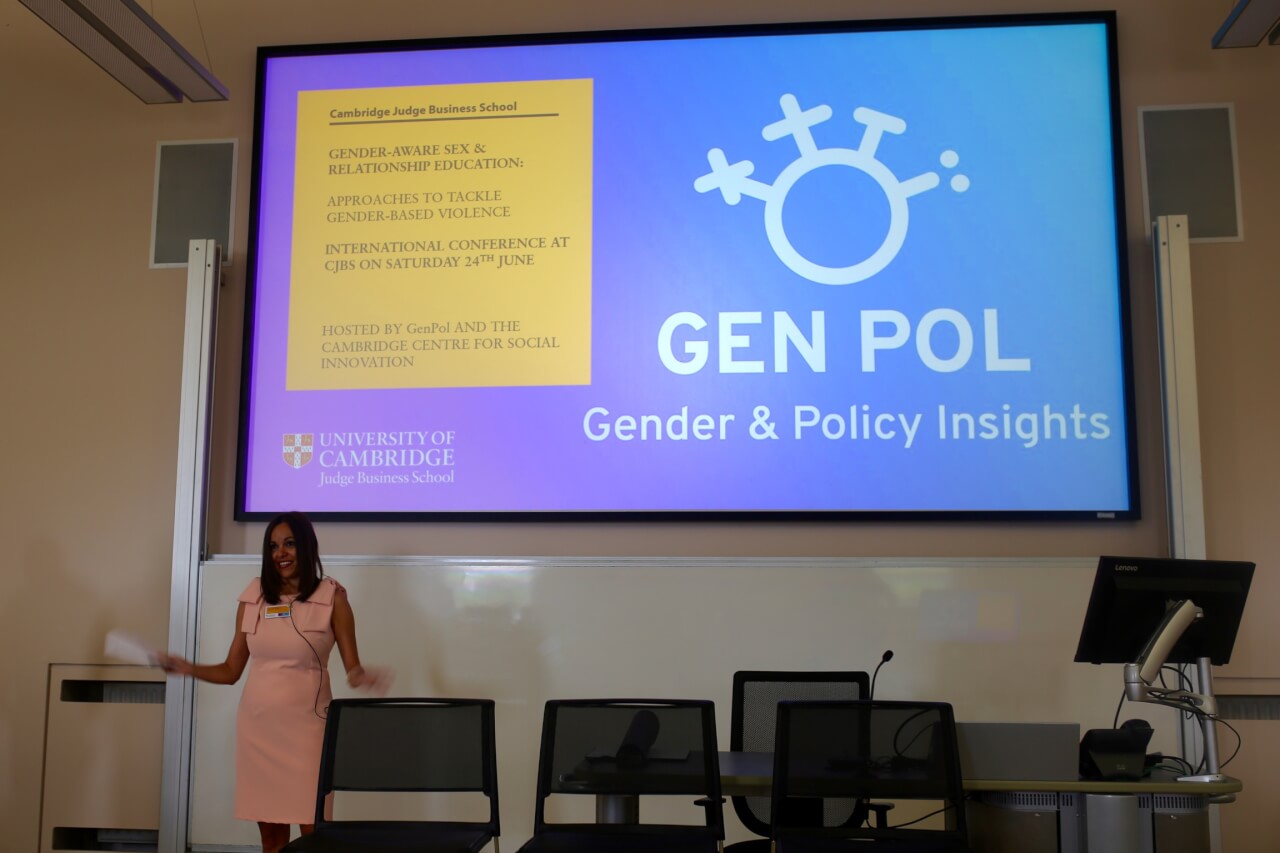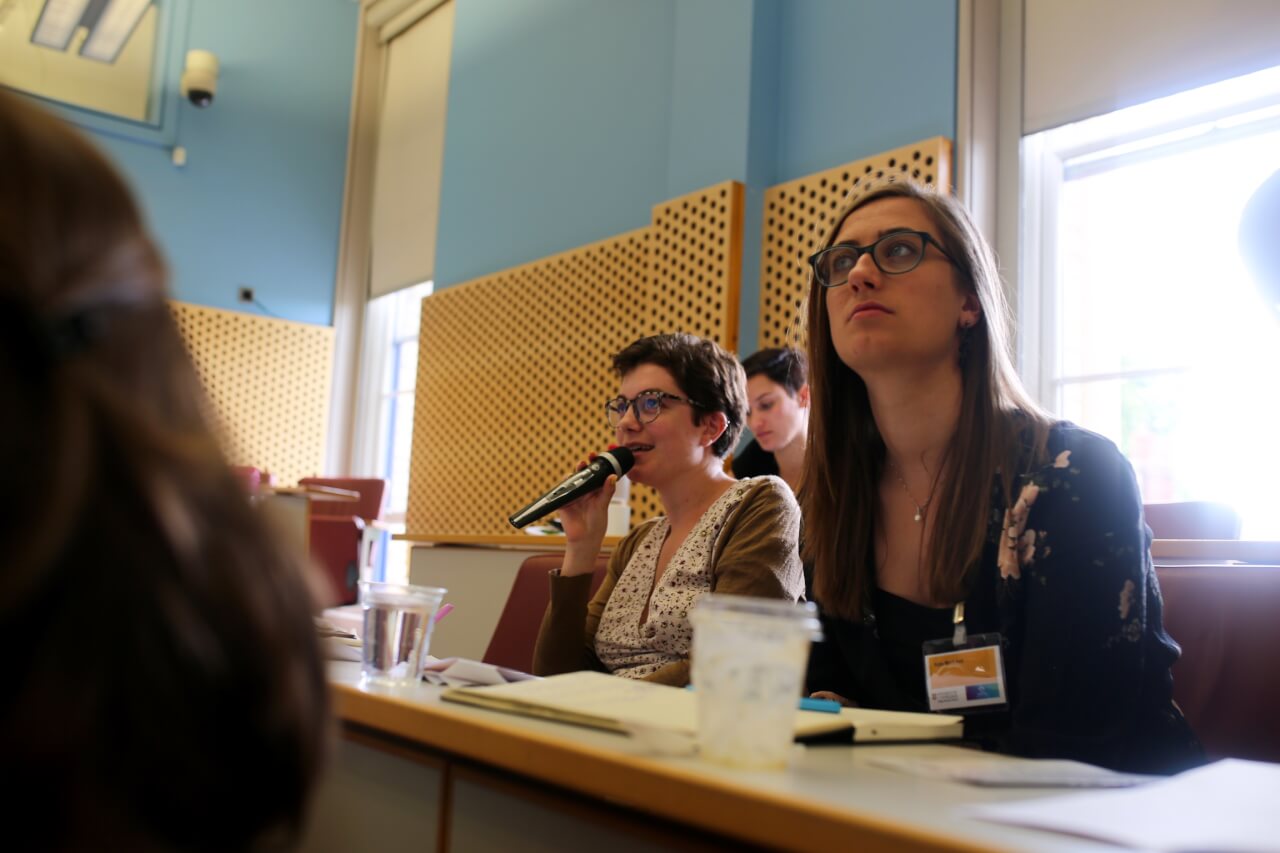
This post is part of a series of weekly case studies addressing legislative approaches to rape in the EU. They are taken from a report written by our research associate, Nathalie Greenfield, which will be made fully available on our website (along with a complete bibliography of works cited) from June 17th 2019.
You can read the introduction to this case study here
1.1: Overview of legal instruments
The EU has no binding legal instrument specifically designed to tackle the unacceptable levels of rape in the region. While the EU and its member states have shared competencies in tackling some forms of VAW (such as human trafficking), member states have sole competence in fighting VAW, including rape.[1] Consequently, there is an array of different legislative definitions of rape in the EU, discrepancies in the criminalisation of rape, and varying protections afforded to victims of this crime. Indeed, the European Institute for Gender Equality (EIGE) starkly exposes such variation in its online database which lists the different definitions of various forms of VAW in member states.[2] Member States recognise the problem of VAW in general, but have adopted non-uniform approaches to the solution, resulting in non-uniform protections afforded to European women.
There are, however, a number of different statutory frameworks and bodies that protect women and girls from rape and sexual assault in Europe, both binding and non-binding. Relevant sources of law include:
- The European Convention on Human Rights (ECHR).
- Caselaw from the European Court of Human Rights (ECtHR).
- Guidelines from structures such as the UN and the International Criminal Court (ICC).
- EU treaties and directives.
- The Council of Europe Convention on preventing and combatting violence against women and domestic violence (Istanbul Convention).
International human right standards with respect to rape are largely clear and consistent between these different bodies.[3] This report will map the legal definitions and standards provided with respect to rape, measures regarding victim protection, and requirements for prosecution of rape as a crime.
1.2: The European Convention on Human Rights
The European Convention on Human Rights (ECHR) contains four articles that protect a woman’s right to be free from gender-based violence:
- Article 2 protects the right to life.
- Article 3 prohibits the degrading treatment of another.
- Article 8 protects the right to private and family life.
- Article 14 prohibits discrimination on the grounds of sex.[4]
Parties to the ECHR must uphold these rights and where they have been violated, citizens of Party states can pursue legal action up to the European Court of Human Rights. Importantly, articles 2 and 8 are affirmative rights, endowing these protections in all citizens. The ECHR provides human rights standards recognised by Parties to be common to all citizens, of which rape and its improper prosecution is a clear violation.
1.3: The European Court of Human Rights
Caselaw from the European Court of Human Rights (ECtHR) demonstrates how the ECHR is applied with respect to rape. Decisions from the ECtHR govern diverse legal systems and cultures, as they govern the 47 contracting member states to the ECHR.
With respect to defining rape, the ECtHR has established a clear consent-based standard. In its landmark decision, M.C. v. Bulgaria (2003), the Court found that rape is penetration without consent, and that consent must be given voluntarily and by free will. Further, it established that a lack of violence, force, or resistance from a victim cannot be used to establish consent.[5] Although criminal law is the mandate of individual nations, this instrumental decision sent out a clear message from the Court than non-consensual activity, and not force or victim resistance, is the grounding for finding sexual assault.
Importantly, the Court ruled that the Bulgarian prosecutors had violated Articles 3, 8, and 13 of the ECHR when they dropped this case without a full investigation because of insufficient findings of the use of force in the incident that the applicant described. The Court held that parties to the ECHR who used an element of force in defining rape in national criminal law must extend their definitions of force to encompass coercive circumstances. Further, this ruling held that the ECHR must be interpreted to require the prosecution of any non-consensual act, irrespective of the presence of force or threats.[6]
The Court has also established standards regarding victim protection. In Y v. Slovenia (2015), the Court found that the seven-year gap between the applicant’s sexual assault complaint being filed and the pronouncement of the first-instance judgment constituted a violation of Slovenia’s procedural obligations under Article 3.[7] Article 3’s prohibition of inhuman or degrading treatment incorporates a requirement of promptness; parties to the ECHR cannot impermissibly delay proceedings. The Court also held that improper cross examination of victims in rape cases violates Article 8 of the ECHR. Here, the accused had cross examined the applicant himself, intimidating and humiliating her, which the Court found violated the applicant’s personal integrity during proceedings given the sensitivity of the subject matter.[8]
1.4: The EU
The EU does not have a specific binding instrument designed to prevent rape or to protect women from violence. Crime prevention being a Member State competence, the EU has established legal instruments in different areas in which women can be victims of violence and where there is a cross-border element, because this is where the EU has the strongest competence for crime-related action.[9]
Some of the EU instruments that incorporate space for tackling various forms of VAW include:
- Article 2 of the Treaty on European Union mandates respect for gender equality in Member States.[10]
- Article 4 of the Treaty on the Functioning of the European Union provides possibilities for the EU to develop measures to combat VAW with the Member States.[11]
- The Charter of Fundamental Rights of the European Union is legally binding when implementing EU law.[12]
- Article 3 prohibits discrimination based on gender.
- Article 4 prohibits inhumane and degrading treatment of another.
- With respect to victim protection, two EU directives impose standards on Members States that victims of VAW can benefit from. EU directives are binding in the sense that they specify the results that all Member States must achieve, but they do not specify how members states must achieve these results. Member States are left to transpose Directives into national law, which gives them substantial leeway on what they choose to adopt from Directives and thus endows Directives with less force than the aforementioned legal instruments.
- The Victims’ Directive – Directive 2012/29/EU – obliges Member States to support victims of crime and their family members. It also gives victims of all crimes the right to remain informed throughout the prosecution process. Article 9 of the Directive specifically incudes protection and support for victims of sexual and gender-based violence, obliging Member States to provide “targeted and integrated support for victims with specific needs, such as victims of sexual violence, victims of gender-based violence and victims of violence in close relationships, including trauma support and counselling.”[13]
- The European Protection Order can also be beneficial to victims of VAW as it expands national protection orders across member state borders.[14]
The EU has a number of monitoring mechanisms in place to track adherence to these measures, notably through the EU Fundamental Rights Agency and the European Institute for Gender Equality. On the whole, though, the EU has little legislative power in this area. Monitoring mechanisms and the exchange of best practices cannot be compared to the legal obligations under binding European instruments such as its treaties. To be truly effective in this field, the EU needs to recognise VAW as a discrete issue that requires a binding instrument specifically dedicated to its elimination.[15]
1.5: International Tribunals and UN Guidelines
The ICC works with a comprehensive definition of rape, which includes “all non-consensual vaginal, anal or oral penetration of a sexual nature of the body of another person with any bodily part or object.”[16] With respect to consent, the ICC specifies that rape includes the bodily invasion of a person incapable of giving genuine consent.[17] These definitions centre the absence of consent in rape, and serve as important guidance for the international community on the elements of this crime. Relatedly, the United Nations Committee on the Elimination of Discrimination against Women (CEDAW Committee) urges countries to define rape based on the absence of consent. We will see this emerge as a theme across international standards on rape, and one to which few EU Member States abide.
The International Criminal Tribunal for the former Yugoslavia has also outlined a consent-based standard for rape. In Prosecutor v. Kunarac (2001), the Chamber observed that “sexual autonomy is violated wherever the person subjected to the act has not freely agreed to it.”[18]
As regards victim protection, the UN Handbook for Legislation on VAW contains some important recommendations. These include free legal aid for victims (especially in criminal proceedings), specialist in-court support for victims, and provisions to ensure that victims of VAW are protected when testifying, such as not having to meet defendants when appearing in court, in camera proceedings, and testifying via videolink.[19] The Handbook also recommends that evidence of survivors’ past sexual history never be introduced into criminal or civil proceedings.[20]
1.6: The Istanbul Convention
The Council of Europe Convention on preventing and combatting violence against women and domestic violence (Istanbul Convention) is by many measures the most important legislative instrument in the European region with respect to tackling VAW. Comprehensive and legally binding, it is the first treaty to outline minimum standards on criminalising VAW, consent, and victim protection. All Parties to the convention are bound to take appropriate legislative steps to comply with it.
1.6.1: Criminalisation
The Istanbul Convention outlines the scope of violence against women and is an excellent point of reference for the current international standard to which most EU Member States, if they have ratified the Convention, are bound.[21] Articles 33-42 specifically recognise 8 different forms of VAW and give specific information on the measures that Parties must take to tackle them. The Convention is premised on the understanding that these forms of violence are committed against women because they are women. States having ratified the Convention are obliged to fully implement it, which requires taking measures to prevent VAW, to protect its victims, and to prosecute its perpetrators. National legislation that is not in line with the Istanbul Convention must, therefore, be changed.
Article 36 of the Istanbul Convention concerns rape. It requires the criminalisation of:
- The “non-consensual vaginal, anal or oral penetration of a sexual nature of the body of another person with any bodily part or object”;
- “Other non-consensual acts of a sexual nature with a person”;
- The “causing [of] another person to engage in non-consensual acts of a sexual nature with a third person.”
Article 36 then goes on to specify that it also applies to acts committed against former or current spouses or partners, and Article 43 further specifies that Article 36 applies irrespective of the nature of the relationship between the perpetrator and the victim. This is a comprehensive and progressive definition of rape.
Importantly, the Istanbul Convention requires that rape and sexual assault be defined as crimes against a person’s body, autonomy, and privacy. This conception is in line with ECtHR decisions anchoring rape as a violation of the ECHR, and not as crimes against morality, social order, or honour.[22] In approaching rape as a crime of bodily violence, the Convention centres women, their experiences, and the unacceptable violation of their bodies in the criminalisation of rape. The primary harm caused by rape is to a person, usually a woman, and this should be recognised in all national legal definitions of the crime.
1.6.2: Consent
Article 36 of the Istanbul Convention defines rape by a lack of consent. Consequently, the Convention’s conceptualisation of consent is important; Article 36(2) states that “consent must be given voluntarily as the result of the person’s free will assessed in the context of the surrounding circumstances.”
The Explanatory Report to the Convention expands on this definition, stating that a case by case assessment to determine consent is required. Further, it mandates that interpretations of rape legislation not be influenced by stereotypes and myths about male and female sexuality.[23]
Notably, the Convention does not provide a definition of consent that Parties must adhere to, opting instead to provide guidelines on a context-sensitive assessment of consent. Indeed, the Explanatory Report notes that it is “left to the Parties to decide on the specific wording of the legislation and the factors that they consider precluding freely given consent. Paragraph 2 [of Article 36 of the Convention] only specifies that consent must be given voluntarily as the result of the person’s free will, as assessed in the context of the surrounding circumstances.”[24]
The most important thing to note here, then, is the use of an affirmative consent model to guide Parties. Parties are encouraged to look for whether consent was freely given and expressed, as opposed to presuming consent in the absence of contrary information from the victim. This is the same standard used at the International Criminal Court.[25]
1.6.3: Victim protection
The Istanbul Convention also provides minimum standards with respect to victim protection that Parties must adhere to. Responding to ECtHR caselaw, Article 50 of the Convention requires that law enforcement respond “promptly” to cases and offer immediate protection to victims.[26] Importantly, investigations and judicial proceedings must be “carried out without undue delay while taking into consideration the rights of the victim during all stages of the criminal proceedings.”[27] In line with the UN Handbook for Legislation on VAW, evidence related to the sexual history and conduct of the victim is not permitted, unless it is relevant and necessary.[28]
Under Article 20, Parties are also required to facilitate victim recovery. Parties must take necessary measures to ensure that victims have access to services including legal and psychological counselling, financial assistance, housing, education, training, and assistance in finding employment. Under this same article, parties must also take necessary measures to ensure that victims have access to health care and social services. The Council of Europe task force on combatting VAW recommends one rape crisis centre per 200,000 women and one counselling centre per 50,000 women.[29]
Sources Cited:
[1] European Parliament DG IPOL, The Issue of Violence Against Women in the European Union, (Brussels: European Parliament, 2016), p.39
[2] EIGE, ‘Legal Definitions in the EU Member States’ <https://eige.europa.eu/gender-based-violence/regulatory-and-legal-framework/legal-definitions-in-the-eu>
[3] Collectively, the largely cohesive standard common to these international bodies will be referred to in Sections 2 and 3 as the ‘International Standard.’
[4] European Court of Human Rights and Council of Europe, European Convention on Human Rights, <https://www.echr.coe.int/Documents/Convention_ENG.pdf>
[5] M.C. v. Bulgaria [2003] 39272/98 <https://www.coe.int/t/dg2/equality/domesticviolencecampaign/resources/M.C.v.BULGARIA_en.asp>
[6] Ibid.
[7] Y v. Slovenia [2015] 41107/10 <http://hudoc.echr.coe.int/eng-press?i=003-5091847-6273156>
[8] Ibid.
[9] European Parliament DG EPRS, Violence Against Women in the EU: State of Play, (Brussels: European Parliament, 2018), p.6
[10] European Union, Treaty on European Union, Art. 2, <https://europa.eu/european-union/sites/europaeu/files/docs/body/treaty_on_european_union_en.pdf>
[11] European Union, Treaty on the Functioning of the European Union, Art. 4, <https://eur-lex.europa.eu/legal-content/EN/TXT/PDF/?uri=CELEX:12012E/TXT&from=EN>
[12] European Union, Charter of Fundamental Rights of the European Union, <https://eur-lex.europa.eu/legal-content/EN/TXT/PDF/?uri=CELEX:12012P/TXT&from=EN>
[13] European Union, Directive 2012/29/EU, Art. 9 § 3b <https://eur-lex.europa.eu/legal-content/EN/TXT/PDF/?uri=CELEX:32012L0029&from=en>
[14] European Parliament DG IPOL, p.33
[15] The European Parliament has acknowledged as much, see European Parliament DG EPRS.
[16] Amnesty International, Right to be Free From Rape, (London: Amnesty International, 2018) p.6
[17] International Criminal Court, Elements of Crimes, PCNICC/2000/1/Add.2 (2000), Art. 7(1)-(g)1(1) <http://hrlibrary.umn.edu/instree/iccelementsofcrimes.html>
[18] Prosecutor v. Kunarac [2001] IT-96-23-T <http://www.icty.org/x/cases/kunarac/tjug/en/kun-tj010222e.pdf>
[19] United Nations Department of Economic and Social Affairs, Division for the Advancement of Women, Handbook for Legislation on Violence Against Women, (United Nations: New York, 2010), pp.40-43
[20] Ibid.
[21] All EU Member States are signatories to the Istanbul Convention; seven are yet to ratify it. See the full list on the Council of Europe website <https://www.coe.int/en/web/conventions/full-list/-/conventions/treaty/210/signatures>
[22] See also UN Women, Handbook for Legislation of Violence Against Women, (UN Women: New York, 2012), p.12
[23] Council of Europe, Explanatory Report to the Council of Europe Convention on preventing and combatting violence against women and domestic violence, (Istanbul: Council of Europe, 2011), ¶192
[24] Ibid. ¶193
[25] International Criminal Court, Rules of Procedure and Evidence, UN Doc ICC-ASP/1/3 (2002), Rule 70(a)-(c) <https://www.icc-cpi.int/iccdocs/pids/legal-texts/rulesprocedureevidenceeng.pdf>
[26] Istanbul Convention, Art. 50
[27] Ibid., Art. 49
[28] Ibid., Art. 54
[29] Council of Europe Task Force to Combat Violence Against Women, including Domestic Violence (EG-TFV), Final Activity Report, (Strasbourg: Gender Equality and Anti-Trafficking Division, 2008), available online at <https://www.coe.int/t/dg2/equality/domesticviolencecampaign/Source/Final_Activity_Report.pdf> p.84

